Digital laboratory centrifuge Machine
$280.00 Original price was: $280.00.$269.00Current price is: $269.00.
Digital laboratory centrifuge Machine
Digital Laboratory Centrifuge: A Comprehensive Description
A digital laboratory centrifuge is a motor-driven instrument that uses centrifugal force to separate components of a liquid mixture (such as blood, urine, DNA samples, or chemical precipitates) based on their density, size, and viscosity. The “digital” aspect refers to its microprocessor-controlled interface, which allows for precise, programmable, and automated operation compared to older analog models.
1. Primary Function and Principle
-
Principle: The centrifuge spins samples at high speeds, creating a centrifugal force many times greater than gravity (measured as Relative Centrifugal Force or RCF). Denser particles are forced to the bottom of the tube (forming a “pellet”), while less dense components remain above as the “supernatant.”
-
Core Function: To rapidly and efficiently separate heterogeneous mixtures into their distinct components for further analysis or processing.
2. Key Components and Their Descriptions
-
Rotor:
-
Description: The rotating unit that holds the sample tubes. It is the core moving part and is often interchangeable to accommodate different tube sizes and types (e.g., fixed-angle, swinging-bucket).
-
Types:
-
Fixed-Angle Rotor: Holds tubes at a fixed angle (e.g., 45°). Ideal for pelleting particles quickly.
-
Swinging-Bucket Rotor: The buckets swing out to a horizontal position during spin, creating a straight path for separation. Ideal for density gradient separations.
-
-
-
Motor:
-
Description: The powerful electric motor that drives the rotor. Modern digital centrifuges use brushless induction motors for quieter operation, higher speeds, and minimal maintenance.
-
-
Digital Control Panel / User Interface:
-
Description: This is the defining feature that distinguishes it from analog centrifuges. It typically consists of an LCD screen and membrane or tactile buttons.
-
Controls: Allows the user to set and monitor:
-
Speed (RPM): Revolutions per Minute.
-
RCF (x g): Relative Centrifugal Force. More scientifically accurate than RPM as it accounts for rotor radius.
-
Time: Duration of the spin, often with a countdown timer.
-
Programs: Pre-set or user-defined protocols for specific applications.
-
-
-
Chamber / Casing:
-
Description: A robust, sealed metal chamber that houses the rotor. It is designed to contain any tube breakage for user safety.
-
-
Lid & Safety Interlock:
-
Description: A heavy, locked lid that prevents access during operation. The safety interlock is a crucial feature that automatically cuts power to the motor when the lid is opened, ensuring the rotor cannot spin while exposed.
-
-
Imbalance Sensor:
-
Description: A safety feature that detects an uneven load distribution in the rotor. If an imbalance is detected, the centrifuge will automatically shut down to prevent damage to the device or injury to the user.
-
-
Refrigeration System (in Refrigerated Models):
-
Description: A built-in cooling system that maintains a set temperature inside the chamber (e.g., from -20°C to +40°C). This is essential for temperature-sensitive samples like proteins or live cells.
-
3. Key Features and Specifications
-
Speed Range: Measured in RPM (Revolutions Per Minute). Can range from a few hundred RPM for gentle separations to over 30,000 RPM for high-speed applications.
-
RCF (Relative Centrifugal Force): Measured in “x g” (times gravity). This is a more accurate measure of the separating force than RPM. High-performance centrifuges can achieve over 65,000 x g.
-
Capacity: Refers to the number and volume of tubes a rotor can hold (e.g., 24 x 1.5/2.0 ml tubes, or 4 x 250 ml bottles).
-
Programmability: Ability to store multiple protocols for frequently used routines.
-
Short-Spin Function: A quick, momentary spin (e.g., 10-30 seconds).
-
Acceleration/Deceleration Profiles: Control how quickly the rotor reaches top speed or comes to a stop, which is critical for delicate gradients.
-
-
Noise Level: Measured in decibels (dB). Modern digital centrifuges are designed for quiet operation.
-
Display: A clear digital LCD that shows set parameters, run-time, and real-time status (current speed, temperature, remaining time).
4. Common Applications
-
Clinical Laboratories: Separating plasma or serum from whole blood, and urine sediment analysis.
-
Molecular Biology: Pelletizing DNA, RNA, and proteins; collecting cells after culture.
-
Cell Biology: Isolating cellular organelles, harvesting cells.
-
Microbiology: Concentrating microorganisms from a solution.
-
Pharmaceuticals: Separating precipitates and clarifying solutions.
5. Advantages of Digital over Analog Centrifuges
| Feature | Digital Centrifuge | Analog Centrifuge |
|---|---|---|
| Control | Precise digital input of RPM/RCF and time. | Knob-based, approximate settings. |
| Reproducibility | High; parameters can be saved and repeated exactly. | Low; difficult to replicate settings precisely. |
| Safety & Feedback | Imbalance detection, lid lock, error codes on display. | Basic mechanical lid lock. |
| Functionality | Programmable protocols, RPM/RCF conversion, data logging. | Basic spin function only. |
| User Experience | Intuitive, informative, and modern. | Simple but less pre |
Be the first to review “Digital laboratory centrifuge Machine” Cancel reply
Related products
Diagnostic Equipments

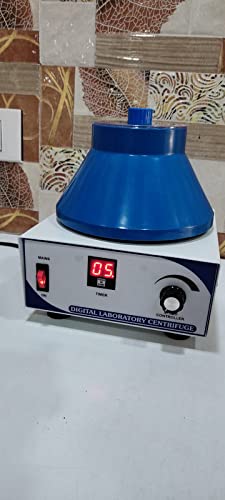
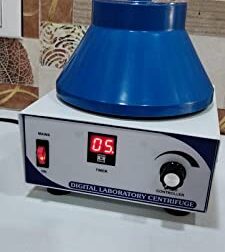



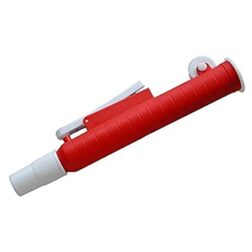

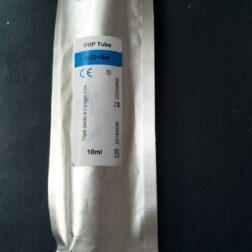
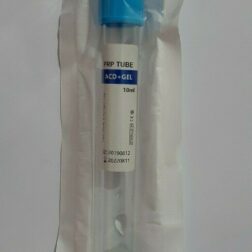

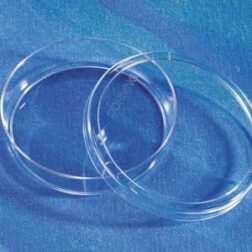
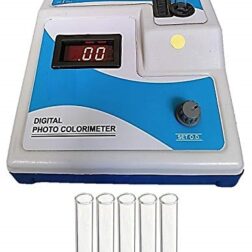
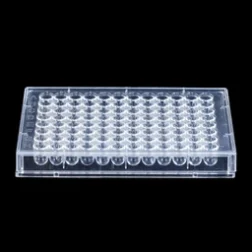
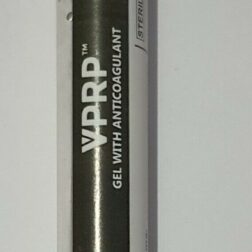


Reviews
There are no reviews yet.